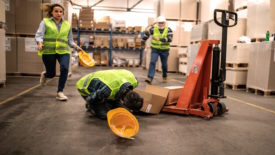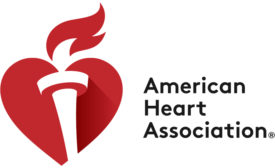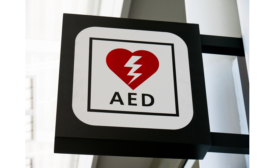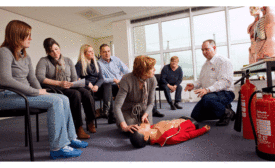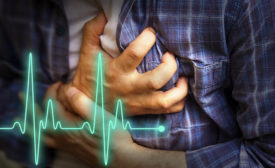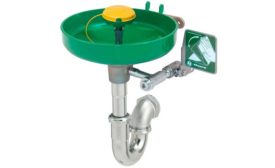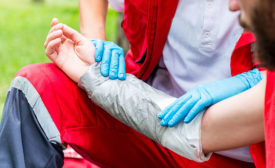Home » Keywords: » first aid
Items Tagged with 'first aid'
ARTICLES
Fast first aid treatment depends on knowing injury cause, severity
Cooling the burn
April 22, 2019
Study: Compression-only CPR saves lives
It increases survival when cardiac arrests happen outside of hospitals
April 1, 2019
EVENTS
Featured Event Sponsored Webinar Sponsored Webinars
7/23/24 to 7/23/25
Contact: Amy Jackson
Are You Meeting OSHA’s First Aid Requirements?
Become a Leader in Safety Culture
Build your knowledge with ISHN, covering key safety, health and industrial hygiene news, products, and trends.
JOIN TODAYCopyright ©2025. All Rights Reserved BNP Media.
Design, CMS, Hosting & Web Development :: ePublishing
